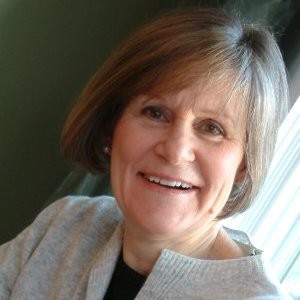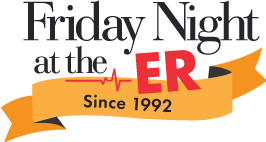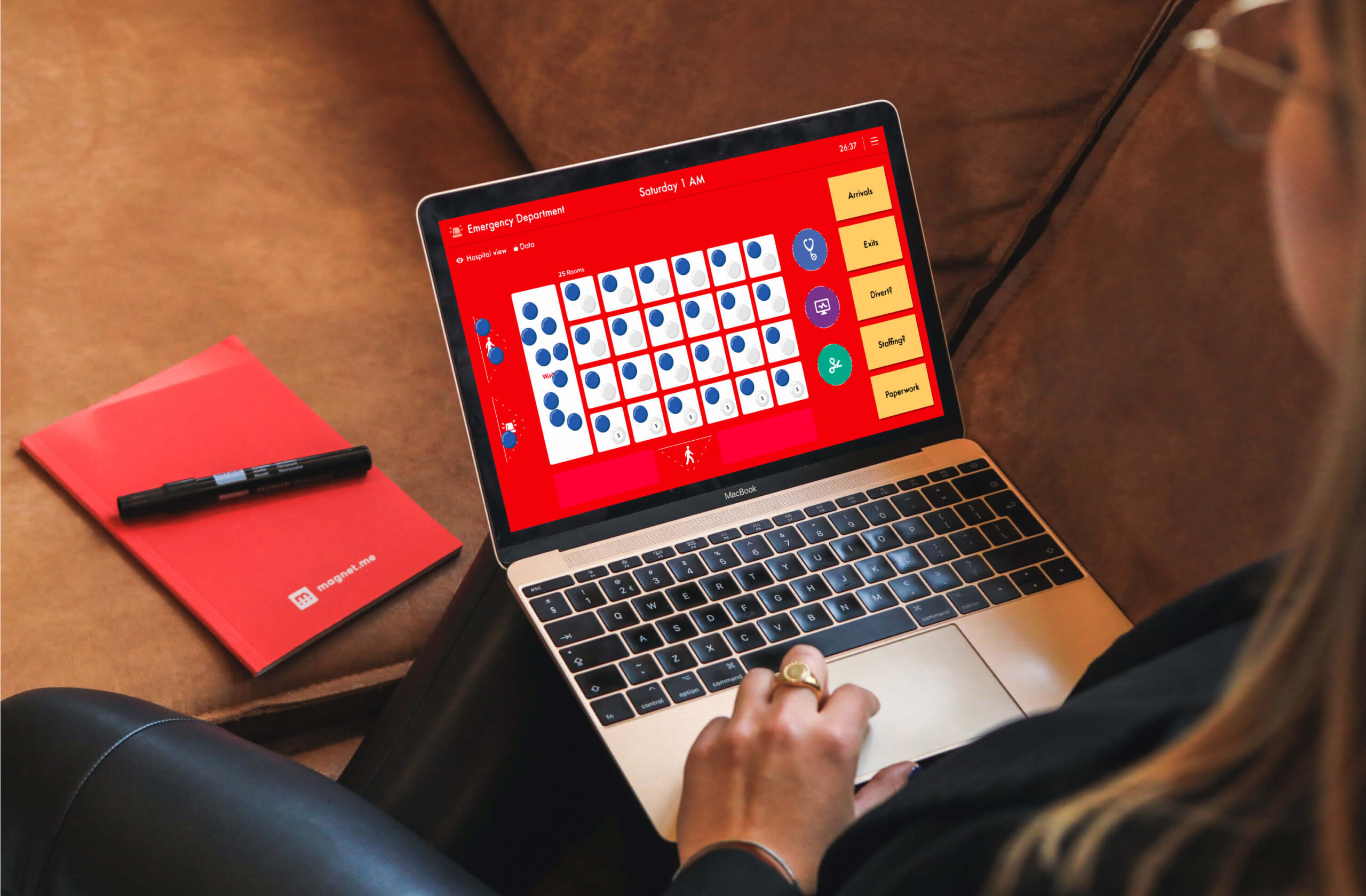When Joann Gadbaw was a newly minted graduate student in the early 1990s, she was part of a Whole System Change project for a major automobile manufacturer that was so successful she still recalls it today.
The project focused on plant employee buy in and agreement to a new contract, and was led by an organization development firm using Whole Scale / Whole System Change principles and practices. The firm convened and facilitated a three-day meeting and deployed a more participative and team-oriented approach in order for the plant employees to accept the new contract.

By engaging and collecting data from all levels of the plant, the firm helped leadership and management understand what was needed before the employees would agree to the contract.
“Surfacing the needs and issues from the people involved encouraged ownership and involvement in the solution,” Joann explains. “It was so eye-opening because when you don’t know what others want or need, you make up stories.” The memory of being part of the implementation of this event still informs her practice today.
Currently, as an independent OD practitioner and Friday Night at the ER facilitator, Joann begins all her client engagements with a similar ‘data gathering’ phase to help her determine the best path forward. The data helps her frame the approach to Friday Night at the ER so participants understand the benefits of playing the game and the application of the learning back to their jobs.
We talked with Joann recently about her use of the tool and how she is using it to engage leaders and teams in real time transformational shifts.
Joann, why is it so important to gather ‘data’ and establish a common ‘database’ from all the parties involved in a system-wide change?
For any change initiative to be successful, I believe it needs to be client focused and driven. Any activity I plan with and for the client needs to, in some way, contribute to their knowledge about their business issues and situations.
In your opinion, why do you think Friday Night at the ER helps with this process?
Friday Night at the ER offers a unique approach to experiencing the principles of systems thinking without reading a book; the visceral game play experience has staying power when participants return to their job. When you work with a team and position the game play in the context of what is happening for them and use their data, the learning that results from playing the game has a direct link.
You’ve used Friday Night at the ER to help teams overcome differences and learn to work together more effectively. Why do you think it works in this situation?
Before we sit down to play the game, we sit together as a group. I always have several applicable questions to open the session that can surface issues. The benefit of this upfront activity is that as each person shares their thoughts (I write them on a white board), we capture their comments to revisit after the game play to see if anything has shifted or changed.
When you invite people to play the game, how do you set the stage beforehand to optimize the results?
Collecting data from participants either through individual or group interviews ahead of the game play or in the room before the game connects participants to each other, their issues and opportunities, and to the game’s application to their job. Playing the game is a time commitment, and when staff understands the benefit to their work, they are more engaged.
As an organization development practitioner, what do you see as the ideal uses for Friday Night at the ER?
One way I have used it is in the formation of a new project team. In that situation, I conducted individual interviews to better understand the dynamics of the team. Surprisingly, the data collected during the pre-game interviews surfaced again from participants during the debrief after just one round of game play. What made it valuable was that for this team to be effective, they had to understand and voice what they needed from themselves and each other to work on the project. I did not have to provide a summary of the interviews – they did it for themselves. Way more powerful and they owned what needed to be put in place!
Friday Night at the ER includes a team-learning simulation game and a turnkey debrief, but the debrief is often customized to meet specific objectives. Have you customized your programs at all?
I customize every session by creating a design specific for that session. Playing the game is a piece of the design and follows the specific directions provided by Breakthrough Learning. I do use the questions from the game debrief, and at the same time, I reference the data I collected from participants at the beginning of the session.
As a veteran organization development practitioner, do you have any recommendations for OD pros who want to add Friday Night at the ER to their toolkit?
First participate in playing the game yourself. Take the facilitator training with people from diverse fields and professions to expand your learning options for using the game. Then find an intact team that is willing to play the game and give you feedback on your delivery. I was fortunate to find such a team and put a simple design together that included some data gathering up front that would tie the learning from the game to their work. The debrief put all the pieces together for that team and they were glad to have had the opportunity. I got the benefit of facilitating both the processes of my design and the game!
More User Stories
Phil Cady: Using Two Rounds of Game Play to Measure Improvement
Lisa Yeo: Systems Thinking for Emerging Leaders
Linda van der Steen: Teaching Government Teams to Self-Organize in The Netherlands


